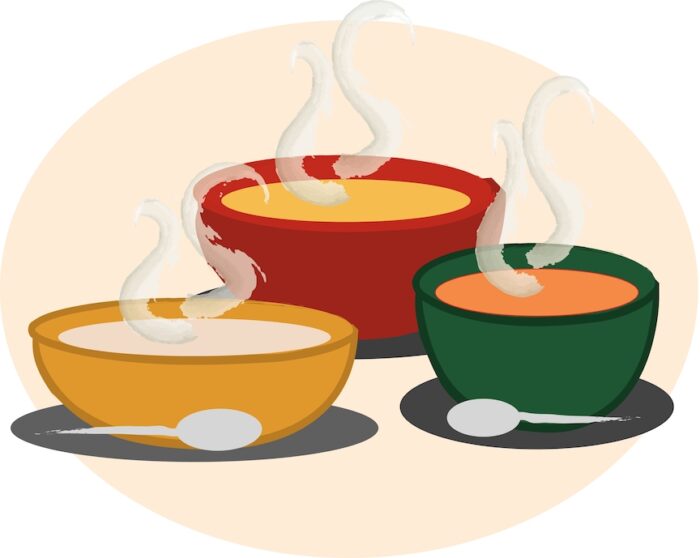Hello, friends!
This month our challenge was to pen a pantoum and — the only other rule — it had to include or feature an animal. Some of us used some version of this utterly lovely prompt by Pádraig Ó Tuama to get started, some of us used some version of this generator to get organized.
I drafted two — one about an owl (or rather, the absence of an owl — we didn’t get an owl in our box this spring!) and one about our dog who is, in his dotage, increasingly and utterly terrified of thunder. The dog won out this time around. And let’s face it… he usually does.
Busy week here so I’m definitely calling this a work-in-progress still, but here’s where it stands today:
Necessary and Too Much
By Liz Garton Scanlon
Forget the radar, storms bloom like magic
Disembodied over the aquifer
Each spring, these surprises are inevitable
But the dog quakes like bones of an old house
Disembodied over the aquifer
You can’t complain about rain, they say
But the dog quakes like bones of an old house
I whisper shhh shhh into folds of fur
You can’t complain about rain, they say
Gutters break promises and spill secrets
I whisper shhh shhh into folds of fur
And we shake and worry, the dog and I
Gutters break promises and spill secrets
Things can be necessary and too much
And we shake and worry, the dog and I
No thank you, we want to say but don’t
Things can be necessary and too much
Each spring, these surprises are inevitable
No thank you, we want to say but don’t
Forget the radar, storms bloom like magic
For more pantoums, visit:
Sara
Tricia
Tanita
Mary Lee
Kelly
Laura
And, bonus, our very own Tricia at The Miss Rumphius Effect is hosting Poetry Friday!


 (@roberto_benavidez)
(@roberto_benavidez)





